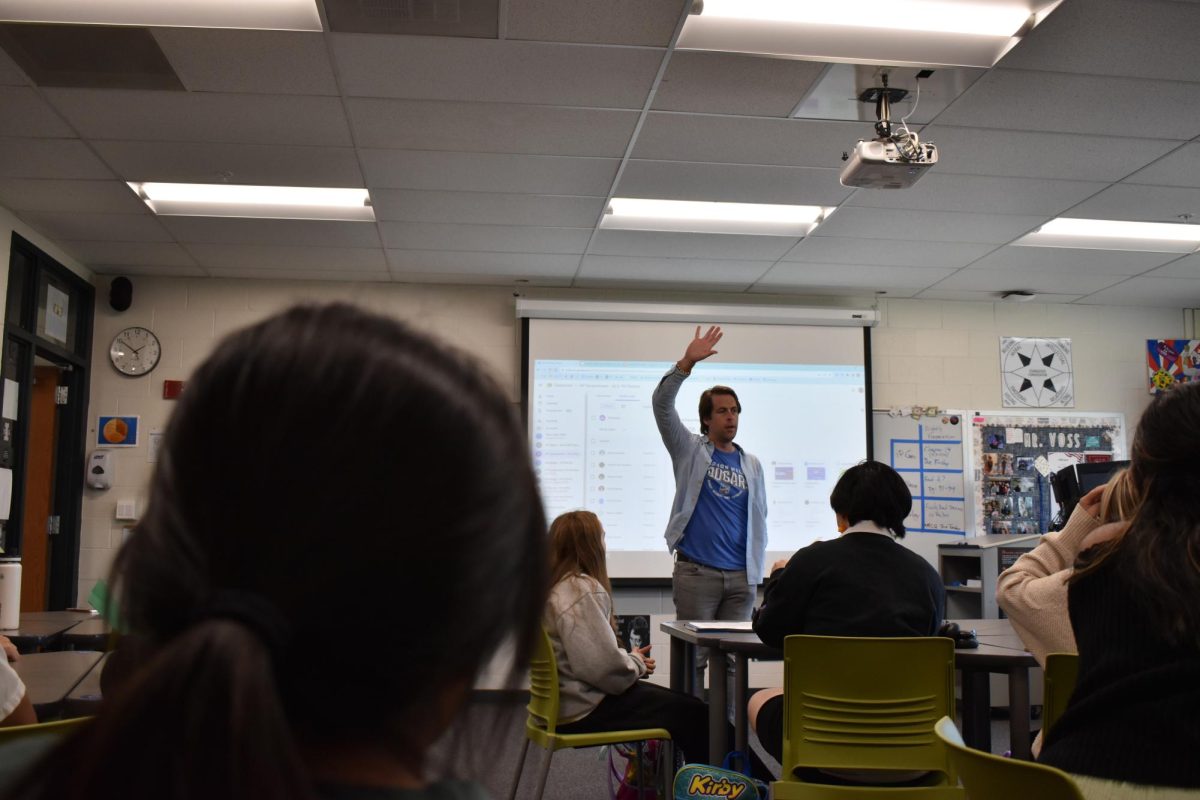The district is rolling out a new set of grading guidelines this year, with a focus on creating a more consistent and fair grading system across teachers and subjects.
The grading policy is being rewritten to integrate a new system known as equidistant grading, where teachers can choose from several grading scales that weight each letter grade the same.
Of the 66 teachers testing out the guidelines, most have selected one in which the new grade floor for a completed piece of work is 50%.
Paul Friedrich, a history teacher, was part of the committee that wrote the new policy and is testing it in his classroom currently.
“On a regular grading scale, every grade has ten percentage points in it, except for the F, which has 59. There’s no 159% to balance it out,” he said. “Now, the F range is no greater than any other ranges.”
As for incomplete work, the new system calls for a grade of 40% instead of a 0.
“Think of it like failing the assignment, but you did more than fail it. You didn’t do it all, there was no attempt at it, but that no attempt should hold the same weight as anything else on the grade scale,” Friedrich said.
Brian Voss is another social studies teacher testing the plan out in his classroom.
“You put a huge imbalance on the failing grades, whereas a 40 to 100 kind of creates a little more equal distribution of the different grade levels,” said Voss.
Teachers are also testing plans that use a zero to four scale, similar to the ones used in District 73 elementary schools.
Four would be an A, three would be a B, and so on. There is also a variation that allows for pluses and minuses to be taken into consideration. The minimum grade for these plans is equivalent to a 50% score.
According to Yesenia Sanchez, the assistant superintendent for teaching and learning, these plans were adopted to provide a more clear and concise grading strategy across every class.
Additionally, Friedrich made note of how the new parameters would provide equal opportunities for students of all learning levels and styles.
“We can allow for the reality that people learn at different speeds, at different rates, with different things going on in their lives and kind of allow that to become part of how we complete assignments,” Friedrich said.
With the new plan in place, Voss expressed hope that students are encouraged to do their best work, but feel less strongly about chasing letter grades.
“Grades feel so daunting to students that it gets away from learning. I think people are afraid to make mistakes because it’s a grade. Let’s make mistakes, mistakes are good,” said Voss. “I hope the grading system will give a good representation of student learning and the process of learning happening.”
Friedrich also expressed his hope that students put in their best effort.
“I hope it’s fair to them and allows them the time to give it a good effort, but I also hope it does not make them lazy,” Friedrich said.

